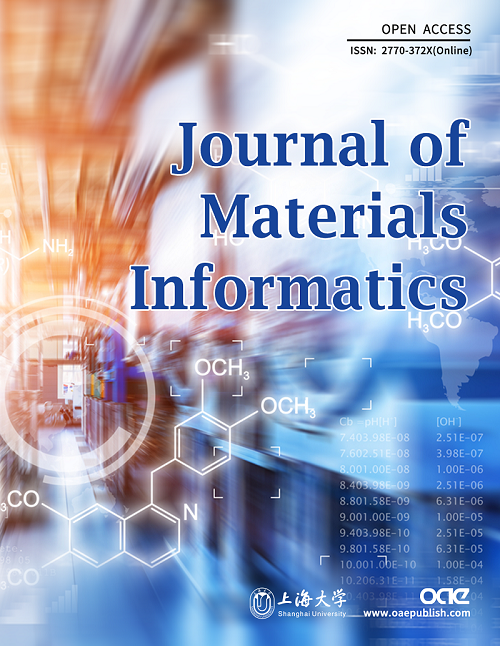Figure5

Figure 5. Workflow of SCCOP for the search of two-dimensional materials. Step 1: generating structures by symmetry. Step 2: characterizing structures into crystal vectors and exploring the potential energy surface by Bayesian optimization. Step 3: updating the energy prediction model. Step 4: optimizing structures to obtain the lowest-energy configuration by ML and DFT. The whole program runs in a closed loop. Reproduced from Ref.[150]. CC BY 4.0. SCCOP: Symmetry-based combinatorial crystal optimization program; ML: machine learning; DFT: density functional theory.








